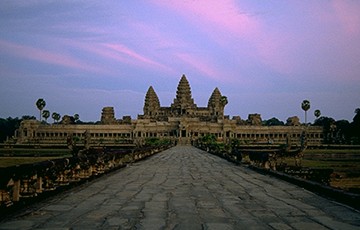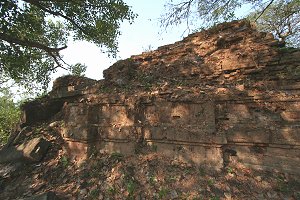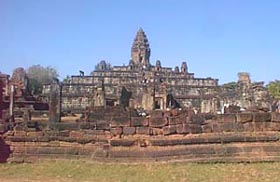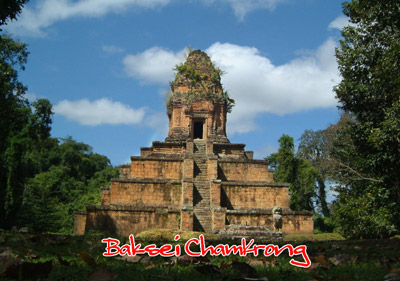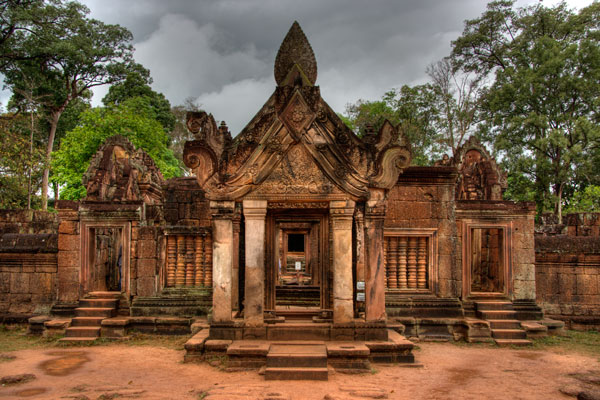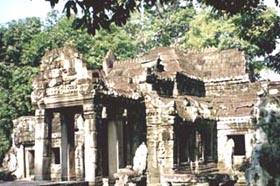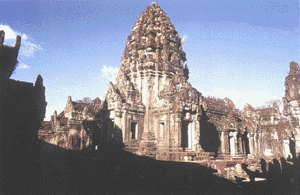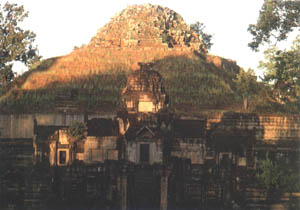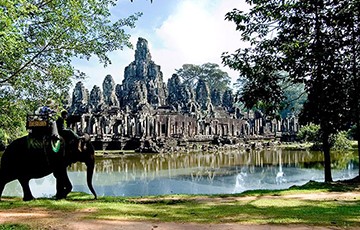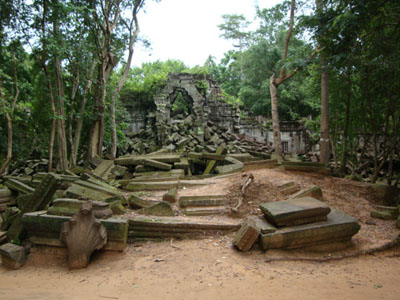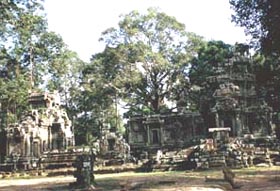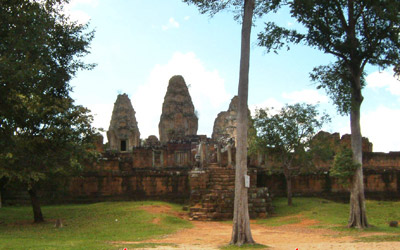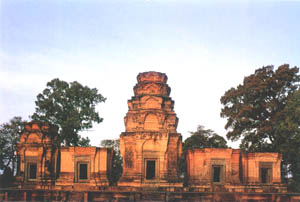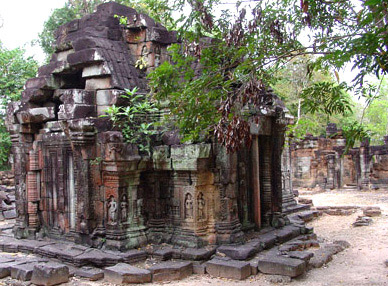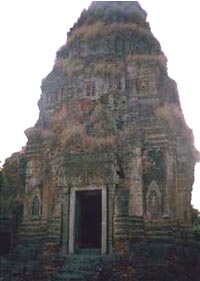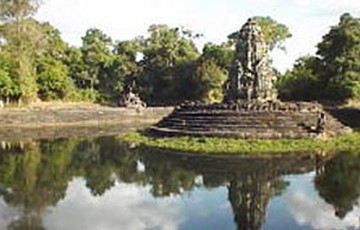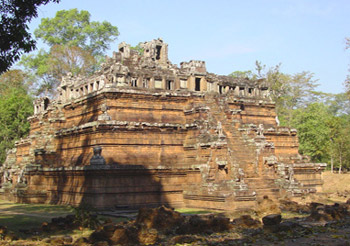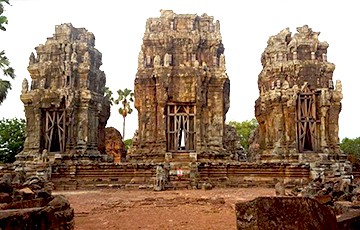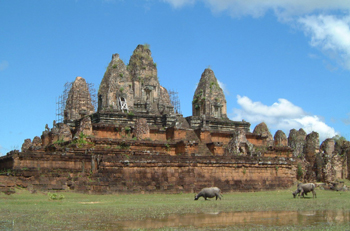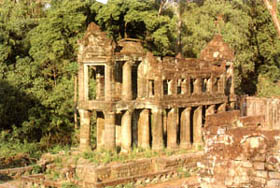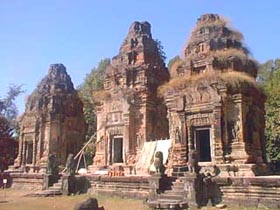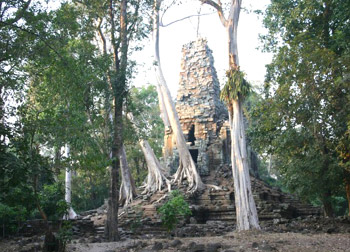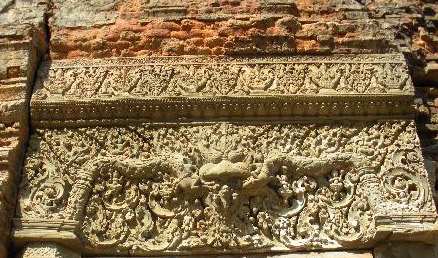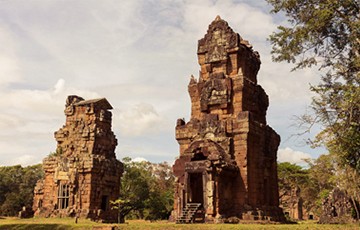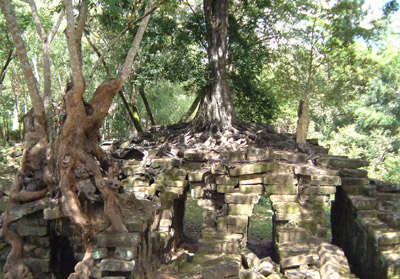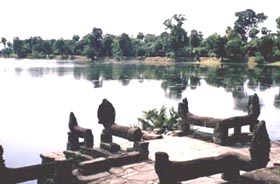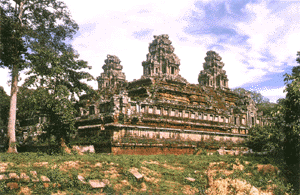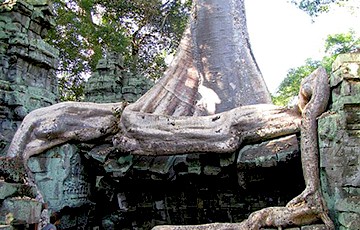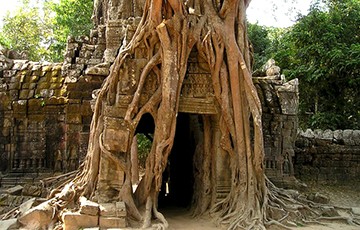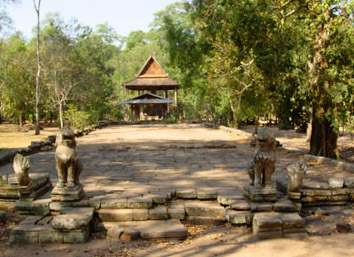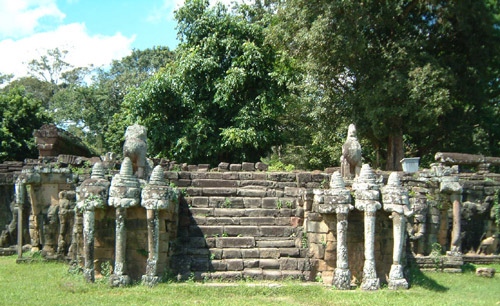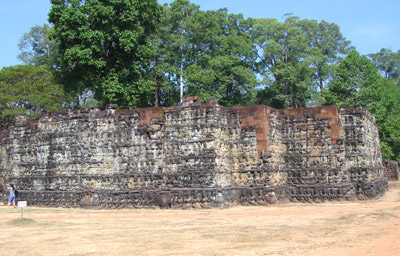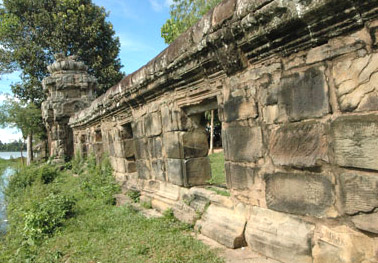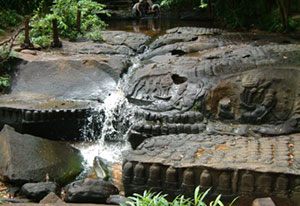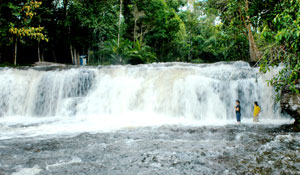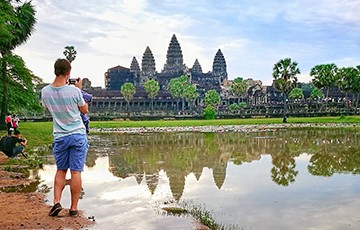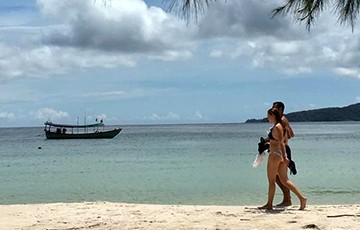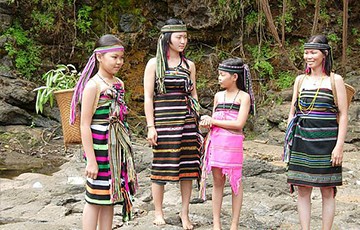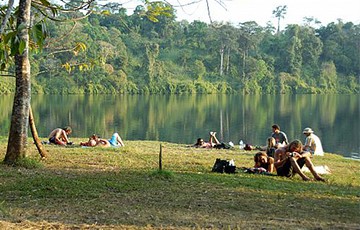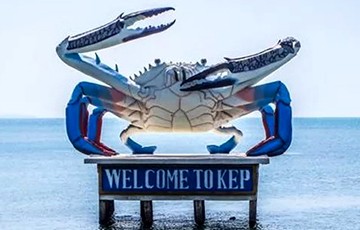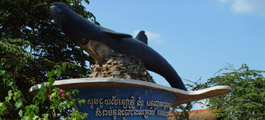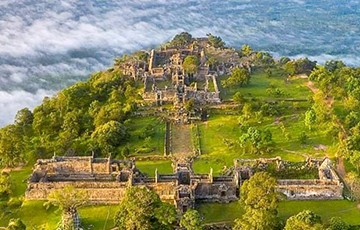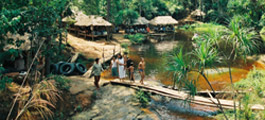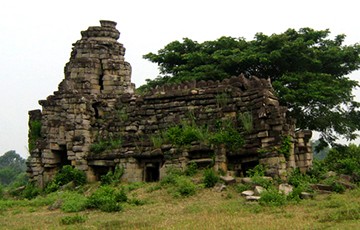Preah Pithu
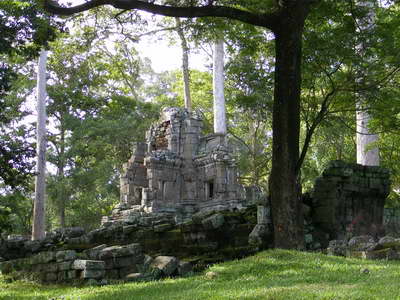
Preah Pithu is located north-east of the Terrace of the Leper King, it can be accessed by enter and leave east of the main road.
This temple was built in the first half of the 12th century (parts of the 13th century) by Suryavarman II (reigned 1113-1150). It dedicated to Hindu religion (dedicated to Shiva) with the art style of Angkor Wat.
BACKGROUND
The complex of Preah Pithu has only recently been cleared and thus open to visitors. It is a delightful area to wander in and experience the pleasure of finding hidden stones, unseen carvings and obscure alcoves. And the proportions and decoration of the terraces are amongst the finest in Khmer art. Most of the structures are in poor condition, but their bases remain and, from the evidence, the buildings of Preah Pithu were of excellent quality in design, workmanship and decoration.
LAYOUT
The Preah Pithu group consists of two cruciform terraces and five sanctuaries situated in seemingly random order amongst enclosure walls, moats and basins. All of the shrines are square with false doors, stand on a raised platform and are oriented to the east. Starting from the main road, the first temple is approached by a cruciform terrace with columns and a naga balustrade. Beyond is an enclosure wall with gopuras on the east and west sides. The sanctuary with four staircases stands on a plinth. Female divinities in niches are seen in the corners. Notice the floral motif on their skirts. A second shrine lies on the same axis and is similar in plan and decoration to the previous one.
A third temple is situated behind the other two and to the north. The sanctuary stands on a square terrace 4 meters (13 feet) high and 40 meters (131 feet) long on each side. Four axial stairways guarded by lions give access to the sanctuary. Although the shrine has windows with balustrades it is undecorated. Fragments of frontons and lintels provide evidence that it was later used as a Buddhist sanctuary.
Continuing towards the east there is a pond where two sculpted elephants stand on each side of a staircase. This is a particularly serene and pleasant spot. Retrace your steps and you will find remains of a fourth shrine on your left (south). The decoration on the pilasters of this shrine clearly belong to the Angkor Wat period. The fifth shrine of the Preah Pithu group is further north and comprises two buildings decorated with scenes from the Ramayana.





